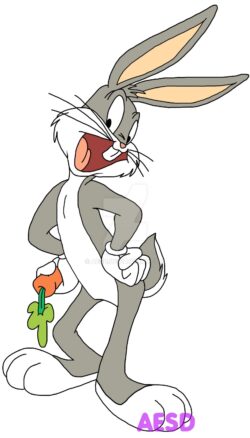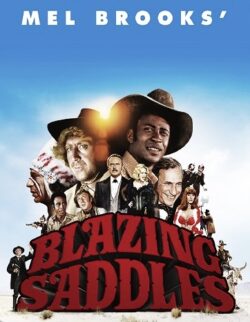It’s Another 50th Anniversary!


Creative Commons Attribution-Noncommercial-Share Alike 3.0 License

Credit: ChinaKernow on DeviantArt NonCommercial-NoDerivs 3.0 Unported
|
|

Folks! You haven’t heard from me lately, I’ve been tied up with matters of cosmic significance, but hear me now! Especially y’all from the great big town of Portland, Oregon and beauteous Clark County, Washington., Come together, people, for the entertaining and hope-provoking fun of meeting up with The Trickster in Politics and Culture: I’ll...
I mean, IF you find yourself in Sultan on May 18th . . . (at NOON) You just might find Your Trickster Self . . . Squeeeee!!!! I’ll be making a fun presentation at The Sultan Library 319 Main St Sultan, WA 98294 Saturday May 18th at Noon Tricking Power into Performing Acts of Love...
Haven’t seen the movie “Poor Things?” Want its surprises? Then GO SEE IT before you read this… and in the meantime, click the image below v v v A LITTLE PLUG FOR YOU BOOK CLUBBERS [CLICK!] In their 2018 period comedy The Favourite, Arizonan Emma Stone and Athenian Yorgos Lanthimos gave us clues of mischief...